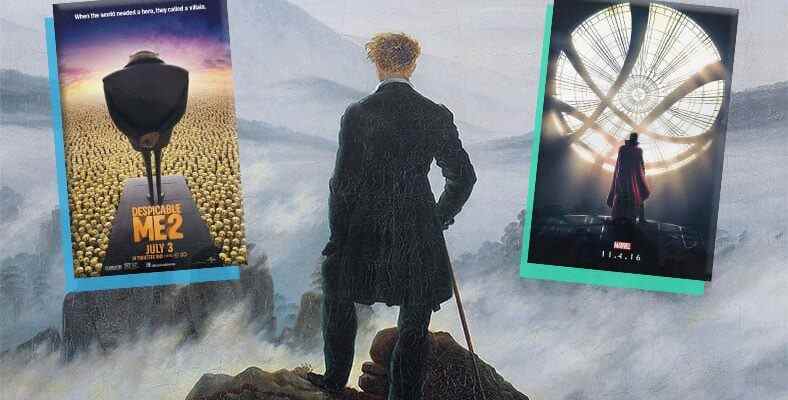Although it did not attract much attention when it first appeared, we take a closer look at one of the most popular works of its time, ‘Travel in the Clouds’.
Its history, which has never lost its universality and has inspired even today’s advanced digital art iconic works, we convey to you with the details. This time our focus Der Wanderer Über Dem Nebelmeer (Traveling Above the Clouds) There is a work.
Caspar David Friedrich discovered by the age year 200 This work, which has surpassed itself, contains different details that will amaze you. Without further ado, let’s take a look at what’s hiding behind the work.
Let’s move from the visible to the invisible. What details caught your eye at first glance?
As we saw above, we can divide the work into three parts. In this context, the sky at the top is in the middle. our main character and the landforms inspired by the regions of Saxony and Bohemia, and the platform on which the character stands at the bottom.
Even if the work is not animated, the character’s flying hair and in the middle your fog its powerful movement is able to transfer the power of the moment to the viewer.
In addition, the character has a very calm stance, despite standing in a fairly high position.
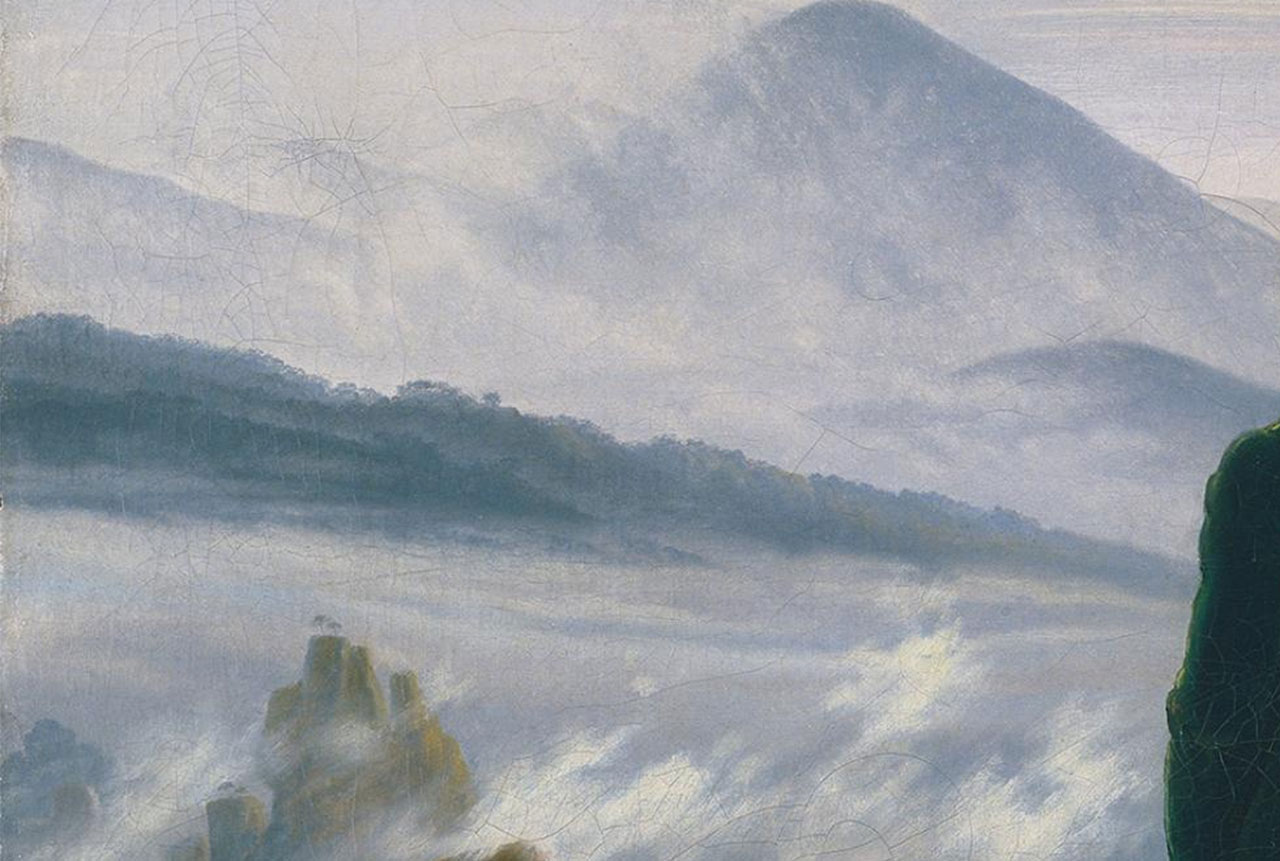
on the mountains behind Flora and adds detail to the landscape overflowing with nature.
Now let’s look a little deeper
Extending below the character’s shoulders and not too sloping mountainsfurther the character’s position emphatic makes it up.
Not only that, the character stands on see platform. This platform, which covers the lower sides of the canvas, converges at the point where the character is.
So the character’s place once again is specified.
Well that’s it”Look, Here!”, if the phrase is right, why does the character who is brought into our eyes turn his back on us?
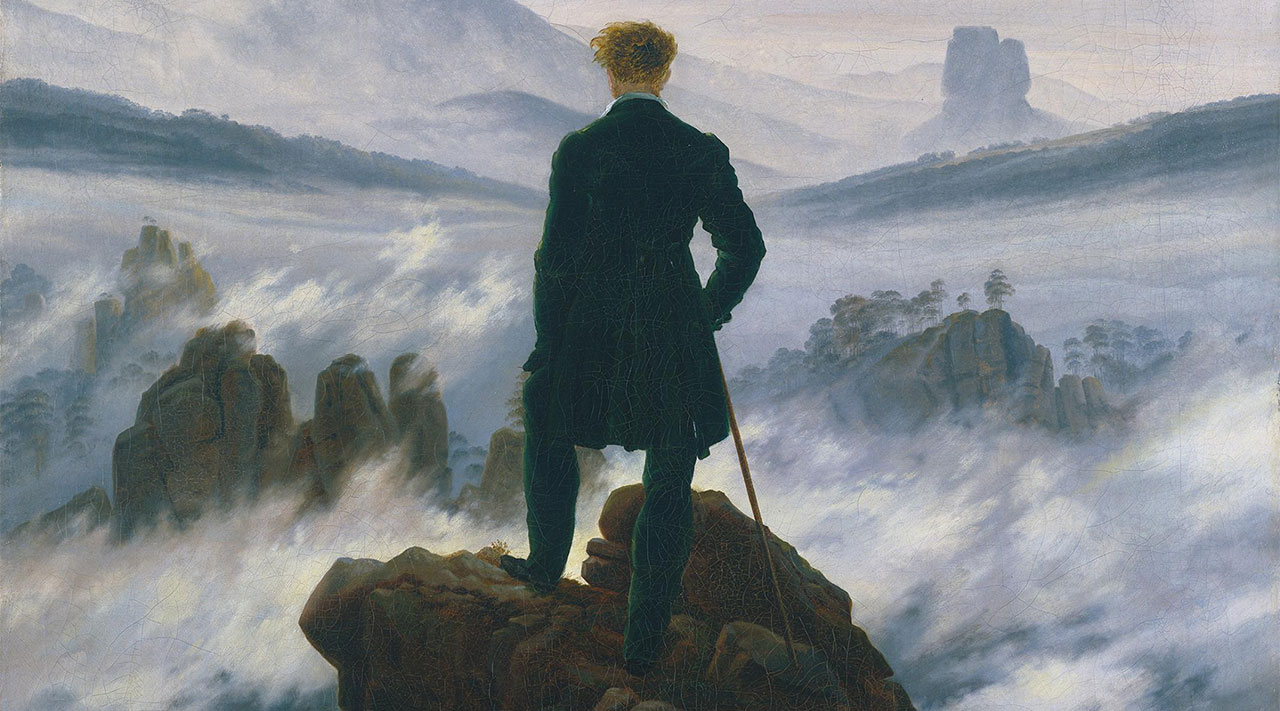
Here’s the thing really deepened This is one of the points. First of all, let’s answer this question.
Rückenfigur In the technique known as the art, the backs of the characters are turned towards the viewer.
The merging of the mountains at shoulder level offered you the same viewpoint as the main character. Then, the platform on which the character stands brought you on the same level as him.
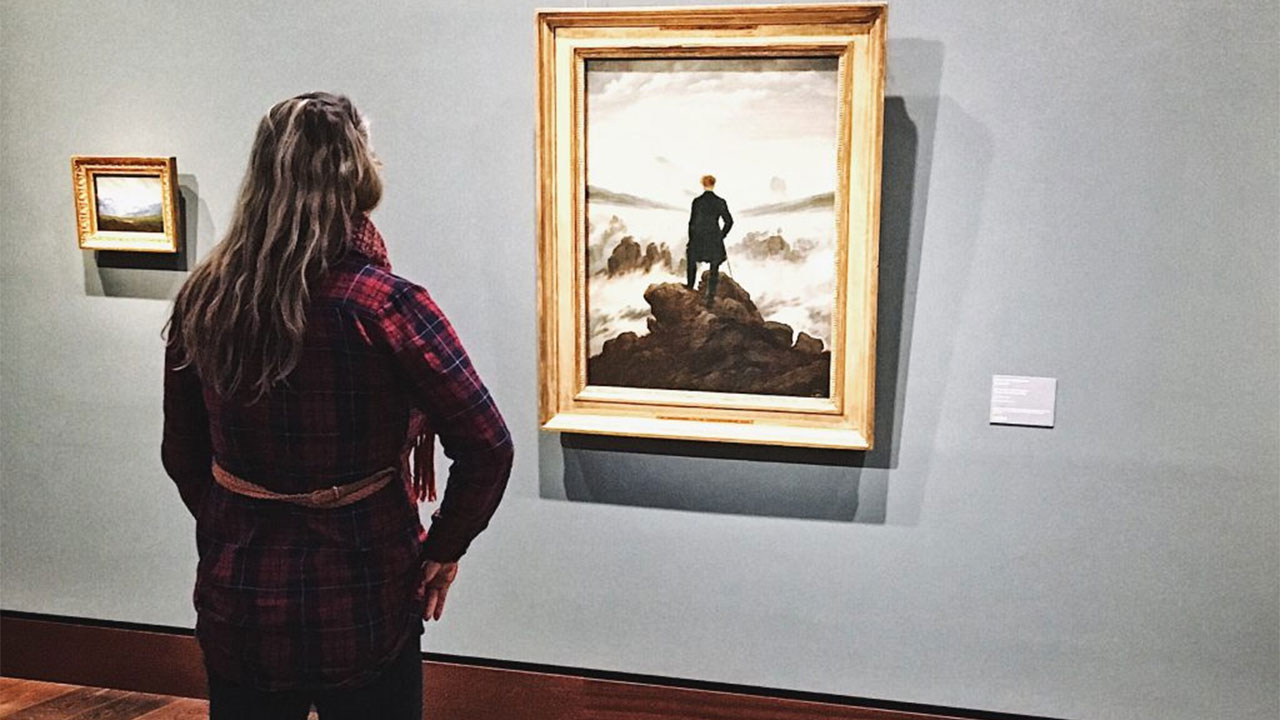
So now you see what he saw. In a way, it was you.
At this point the work to the comment section we pass. Of course, there are ideas that are considered appropriate by many experts who research the history of art, but before they do, it is necessary to know what it is basically.
We see clearly that the character here is on a journey, just like us.
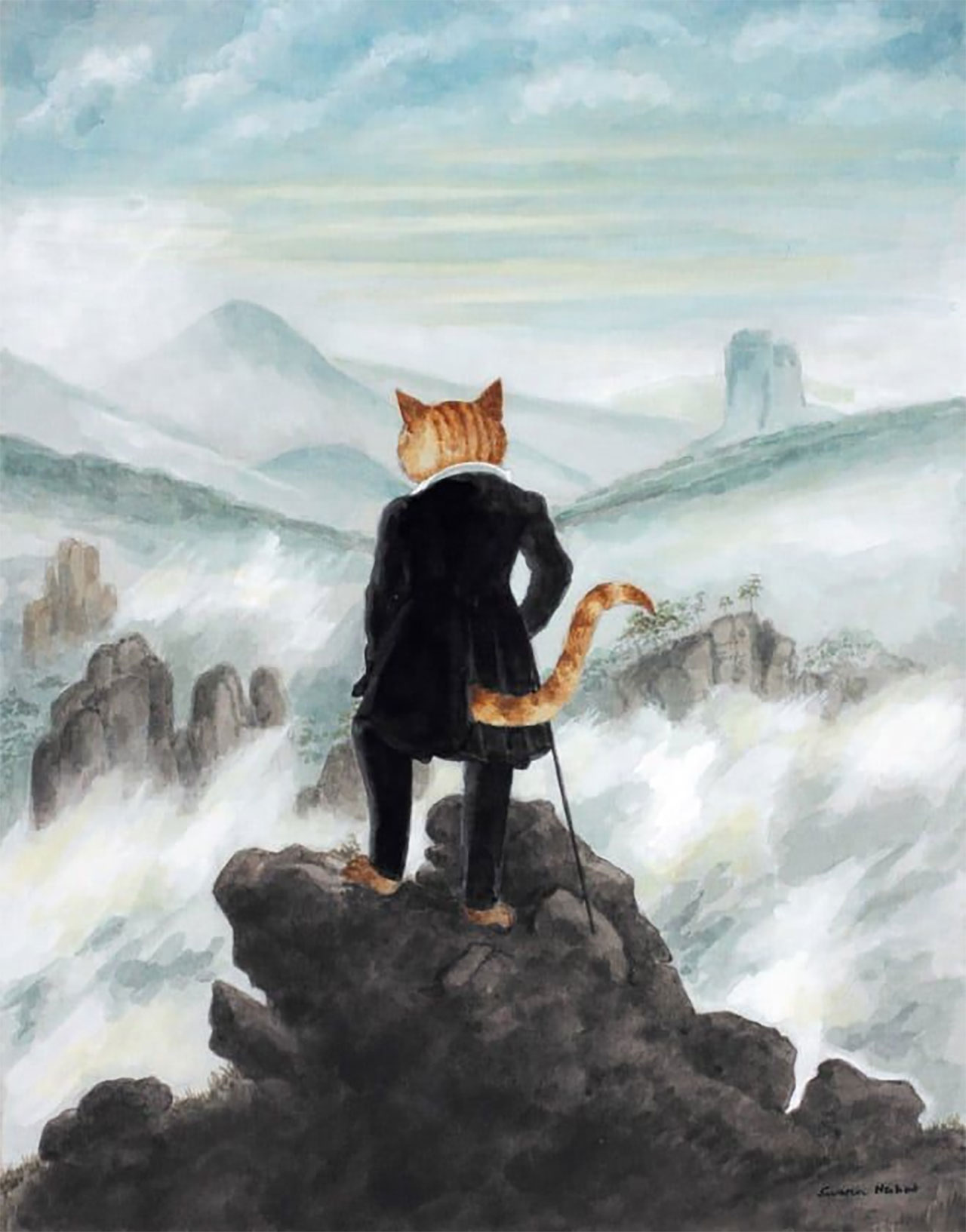
Susan Herbert
- Everyone’s problem is different of course…
Sometimes in life you stop and say,where am i going?” we can think. Along this journey, however, we may encounter countless obstacles.
even sometimes to an obstacle We focus so much that when it disappears, everything else seems to flow smoothly.
For a high school student, we can show the university exam as an example.

In 4 years or senior year, this exam causes so much stress that students say, “something else if this gets off me can’t tire me” he thinks.
But that big day comes one way or another, and after the exam is passed, the students feel themselves, just like our character in this work. on the hill they find.
Yes, they survived the test and were better than those who came after them. they are high and they are more comfortable now. But even though they are at the top, they are in front of them, just like in our work. foggy.
So the journey did not end here as it was thought.
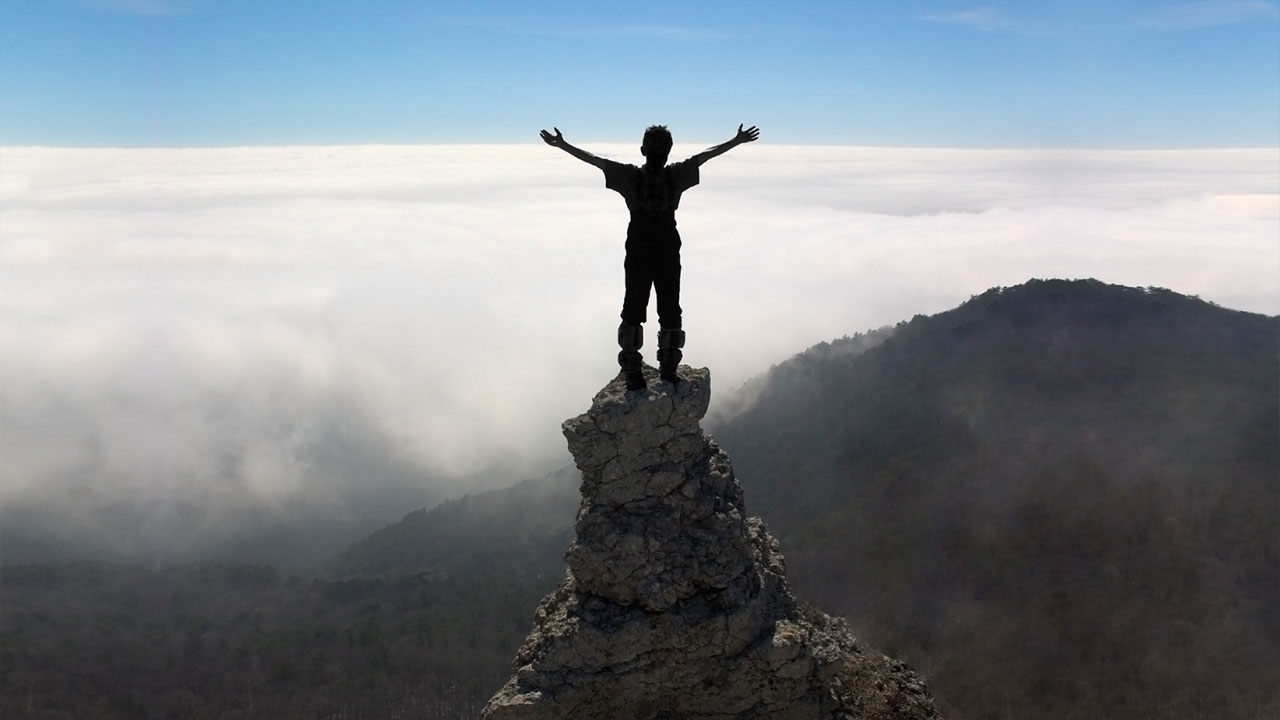
Already after the exam sense of emptiness is caused by this. Students wait in the face of an aimlessly uncertain future when the exam suddenly disappears because the focus is on that subject alone.
But after the whole process has passed, the high school phase of life is skipped and to university is passed. And there, different obstacles are overcome and the hills are climbed and foggy landscapes are seen again.
It goes on like this.
For this reason, everyone carries their own experiences and thoughts to this painting. This is what makes it unique
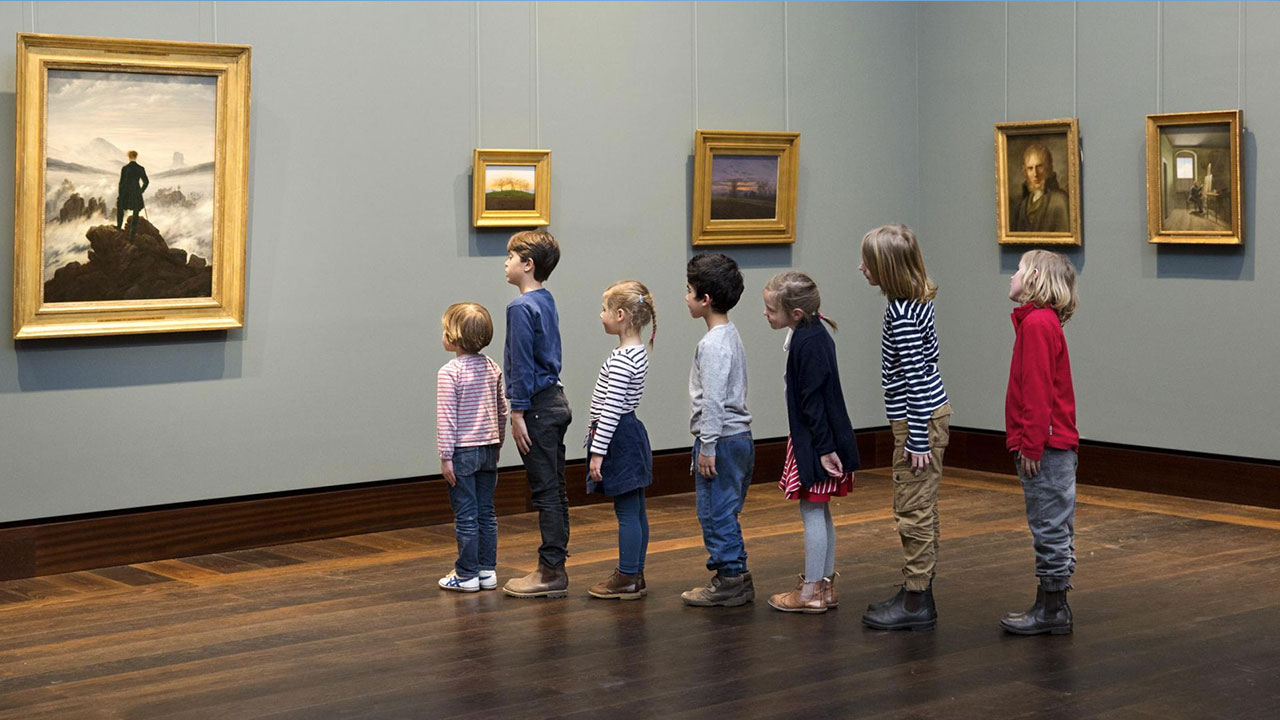
Hamburg Kunsthalle
Maybe in cold blood he will drop himself down You’ve seen someone who is a man, maybe a man who defies nature alone.
Maybe you’ve noticed a man standing still and admiring the splendor of nature. All of these, looking at the work depends on the person takes shape.
Now that we’ve grasped the basics, let’s look at the commonly held notions about the meaning of the work.
Man’s helplessness against nature
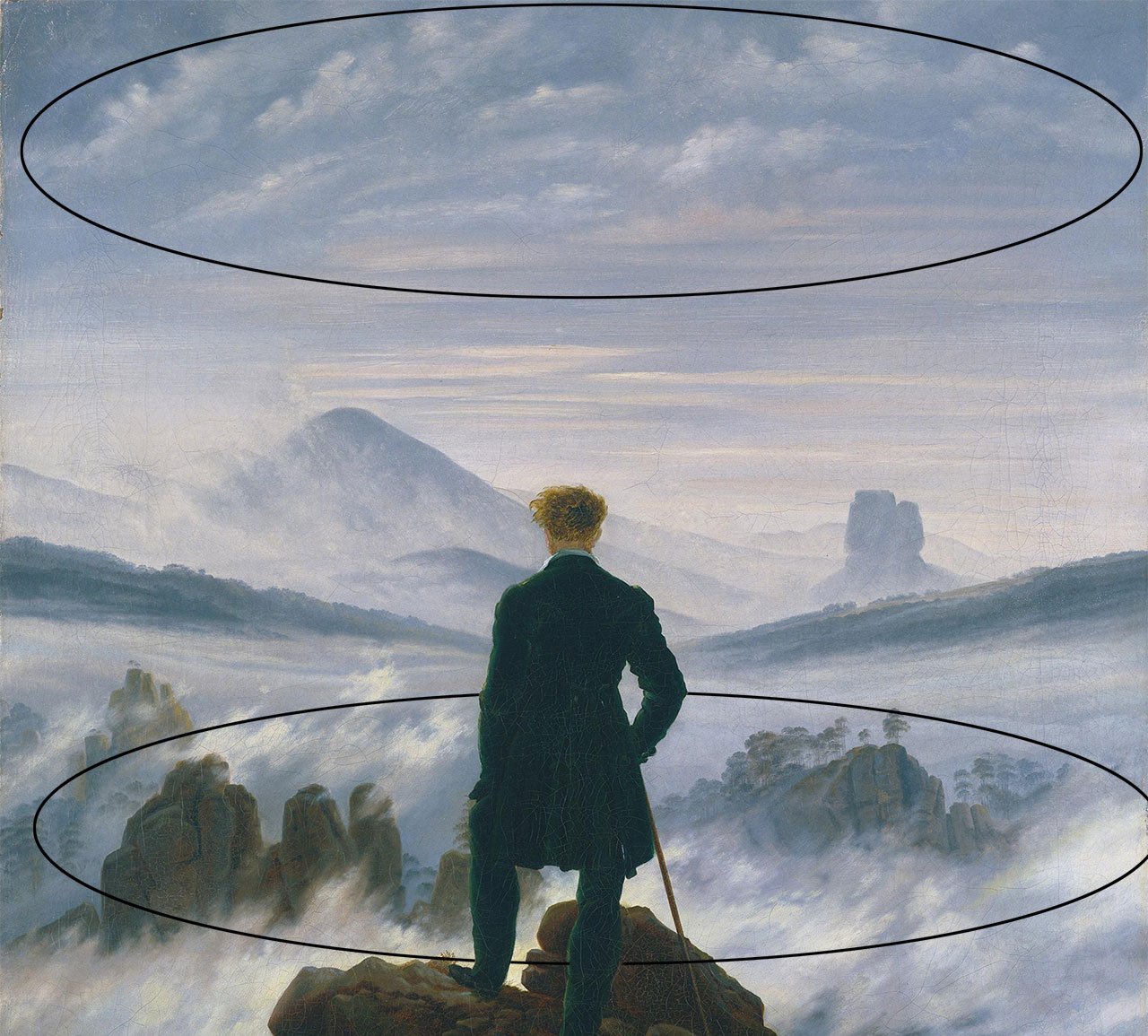
Our character, who has a very stylish suit and cane, your face we don’t see it, but when we look at his relaxed stance, nature, admiringly thought to be watching. Even though we can’t see his face, it’s clear that he’s immersed in the scenery.
In addition, although the character is high, both in front of him fogas well as the clouds at the top of the canvas, appearing much higher than our character, again the supremacy of nature emphasizes.
anyway Caspar David FriedrichConsidering that ‘s works on the romanticism movement, this makes quite a lot of sense.
The main character may represent a soldier

Napoleon Bonaparte
Your character is Colonel from the German army fighting against Napoleon Friedrich Gotthard von Brincken It is also thought to be.
Her dark green outfit and hair color also reinforce this possibility. The colonel in question 1813 or 1814 He is thought to have died in.
The people who stated that this work appeared in 1818, this work was written by the colonel. honor argues that it was made for
Many innovations that emerged after the victory over Napoleon:
The rapid spread of ideas such as nationalism, technological developments Undoubtedly, it has gained an incredible speed and as a result, countless discoveries and inventions have opened up many new doors for us.
Of course, these developments were good for humanity, but when you go down to the individual situation, a lot of uncertainty welcomes you in the people of the period.
“What will happen next, where are we headed?It’s an uncertainty like ‘. to Napoleon it was difficult to achieve victory against and success was achieved in this, well Then what would it be?
Finally, we have a controversial conclusion: ‘The future of Nazi Germany’.
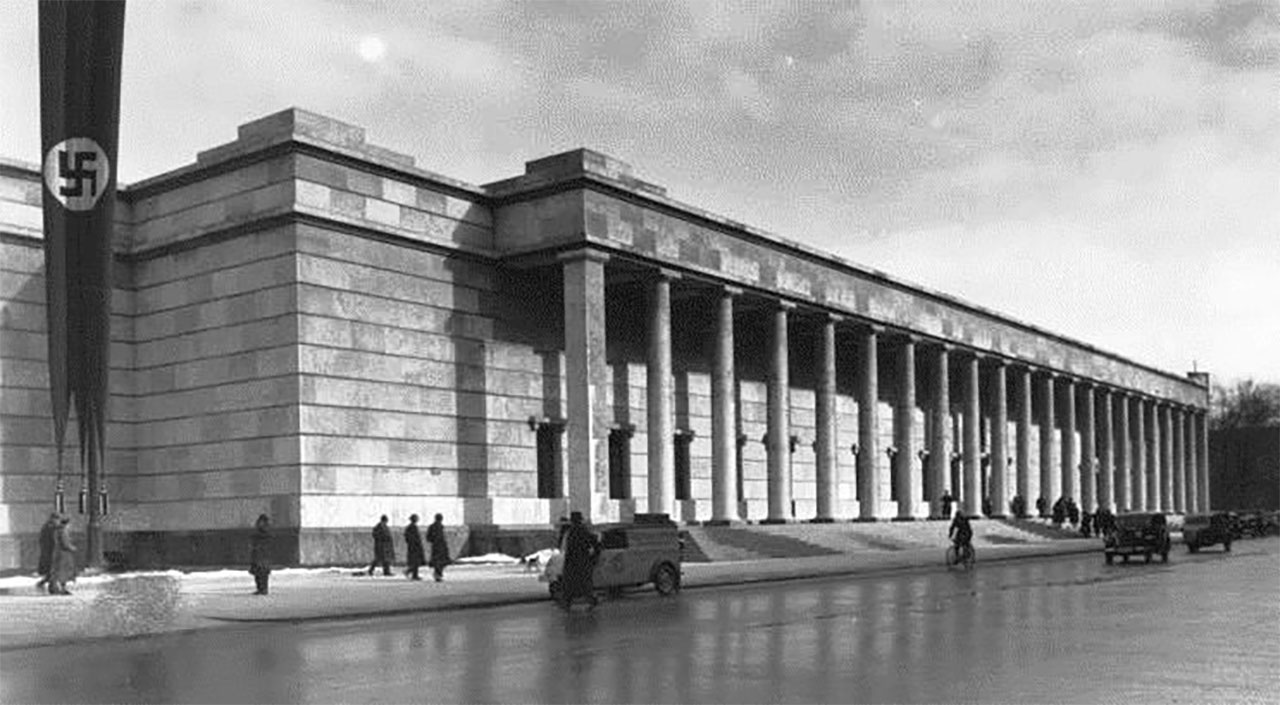
The Nazis’ own scheme able to glorify As a result of using works with potential (mostly landscapes) for propaganda purposes, this painting was not liked very much, especially after the Second World War. Associated with the Nazis.
Fortunately, this relationship was cleared with the contribution of objective comments in the following years.
After our bonus reveal, we look at the reason for the artist’s tendency to produce depressive works. Actually the two are linked

Caspar David Friedrich
Caspar David FriedrichHe was born on September 5, 1774, in Pomerania, which is now northeastern Germany, although it was then part of Sweden. He had a father who made a living by making soap and candles.
At the age of 7 his motherShe lost one of her sisters when she was 8 years old. At the age of 13, her brother drowned while playing on a frozen lake. witnessed.
RELATED NEWS
Did You Know The Bitter Story Behind This Artwork That’s The Material For Countless Internet Memes?
Friedrich’s early life like this traumatic It is believed that his exposure to loss was the cause of the melancholy in his works. Speaking of melancholy, it should be noted that the work attracted attention after Friedrich passed away.
When you want to visit this work, the art museum in Germany, specifically Hamburg Hamburger to Kunsthalle You will need to go. Apart from this, we would like to see your thoughts about the work or what you want to add in the comments section.
Posters running in line with the artwork:

Martin Shervington
resources: caspardavidfriedrich.org, Art Review, Prof. Dr. Marcus Graf/KAFA TV, Cultural Studies, Pieces of Art, Artble, Baltic Light
